On 31 August 2022, Sandvik Materials Technology (SMT) was listed as a standalone company on Nasdaq Stockholm and renamed Alleima™, after being part of the wider Sandvik group. The new name Alleima is a combination of the words “alloy” and “material” – two of the company’s core focuses. This is an exciting time for the Alleima team. But above all, the company is keen to show that whilst everything is new, nothing has changed.
By Ellie Pritchard, Heat Exchanger World Magazine
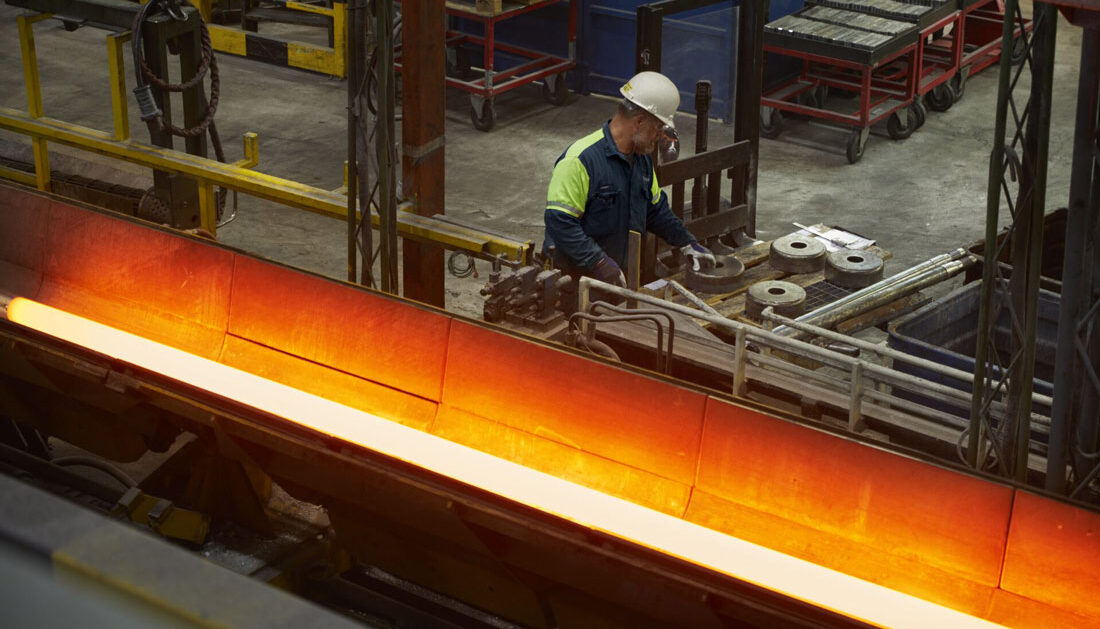
Alleima is a leading manufacturer of high value-added products in advanced stainless steels and special alloys as well as products for industrial heating. The company’s origins date back to 1862 and the foundation of the company Sandvikens Jernverk by Göran Fredrik Göransson, a pioneer in using the Bessemer method for steel production on an industrial scale.
With comments from Barinder Ghai (Director Technical Marketing and New Business Development) and Jari Ponsiluoma (Product Manager Heat Exchanger and Fertilizer), we explored the company’s exciting future, its breadth of technical knowledge and skill, and its ability to provide solutions for so many material challenges.
Performances
But first, a ‘re-introduction’ to the company we all know so well, but now under a new name. Based on long-term customer partnerships, Alleima advances processes and applications in the most demanding industries through unique materials that are lightweight, durable, corrosion-resistant, and able to withstand extremely high temperatures and pressures.
With more than 900 active alloy recipes, the company’s offering comprises products for several customer segments, mainly seamless stainless tubes for energy-related end-markets, chemicals, automotive and aerospace, electric heating technology and resistance materials, as well as a wide range of precision strip steel products.
Sustainability is present in all aspects of the Alleima operations and is an integral part of its commercial strategy. The company’s product offering enables the transition to renewable energy sources, electrification of industries, innovation in the medical sector and much more. Alleima also actively seeks to reduce and eliminate harm to people and the environment via its operations. Today, the amount of recycled material in Alleima products is above 80 percent.
The company’s fully integrated value chain, from R&D to end-product, ensures industry-leading technology, quality, sustainability, and circularity. Alleima, with headquarters in Sandviken, Sweden, and revenues of SEK 13.8 billion in 2021, has more than 5,500 employees and customers in approximately 90 countries.
Sanicro® 35
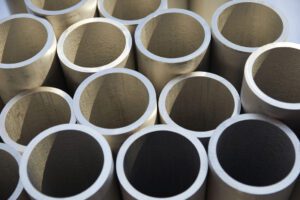
In recent years, Alleima material highlights have been numerous. Its lean duplex SAF™ 2304, for instance, developed under Sandvik Materials Technology for the ammonia industry, enables the lifetime of ammonia condensers and interstage coolers to be extended by 10-12 years. Similarly,
SAF™ 2507, created for sea water coolers, has proven to be a cost-effective solution and an ideal replacement for cupronickel and admiralty brass alloys facing erosion–corrosion at relatively low rates. Sanicro® 28 now successfully replaces Alloy 825 in applications where the latter is used, and its possibilities are currently being explored for usage in Reactor Effluent Air Coolers (REACs). Further, SAF™ 2707 HD is used in applications requiring an enhanced resistance at critical pitting temperatures and crevice corrosion temperatures.
It is, nevertheless, Sanicro® 35 that has defined recent years for Alleima. Launched in August 2020, its development dates back to 2012 and was the company’s response to the industrial market’s need for a stainless steel alloy that combined corrosion properties with high mechanical strength (a super austenitic stainless steel, having a combination of high yield strength, resistance to severe acidic conditions, and excellent pitting and crevice corrosion resistance). The resulting grade has mechanical properties comparable to duplex grades and a corrosion resistance equivalent to high nickel grades. Prior to its development, Alloy 625 was regularly specified, for example, for severe heat exchanger applications such as REACs. However, it is a costly material and one that requires regular replacement. Sanicro® 35 thus bridges the gap between super austenitic steel grades and the more expensive nickel alloys grades such as 6Mo and Alloys 625, providing a high-performance alternative to conventional material grades. In this way, it has been possible to support more cost-effective and efficient operations.
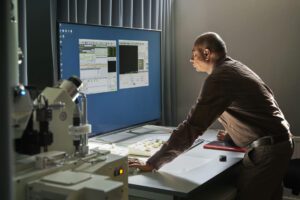
Certainly, a key differentiator in its development was its unique combination of chromium, molybdenum, and nickel that distinguished it from existing 6Mo super austenitic. “We are very proud that the alloy won the Materials Design category in the Materials Performance Corrosion Innovation of the year awards 2021, hosted by AMPP,” affirms Barinder Ghai. The Alleima team works together with its customers to provide the best material and cost-effective solutions for their projects.
For example, one customer was looking to extend the life of their critical recycled column condensers using seawater. These condensers typically suffer from corrosion problems such as pitting, crevice, and erosion-corrosion. Recognising the possibilities to extend production lifecycles, the customer upgraded its condenser tubes and plates with Sanicro® 35.
Biofuel and biorefinery applications

Alleima is a forward-thinking, globally minded company, in all ways. “We believe in advancing together with our customers and solving corrosion issues focusing on NZE2030 (2030 Net Zero emissions pledge) and reducing carbon footprints. Many such initiatives have already started within Alleima,” says Barinder. “Many renewable technologies face material challenges: materials must be lighter, stronger and better able to resist corrosion from demanding atmospheres and high temperatures, talking to our customers we are able to advise material selection that is best suited to their project and then we are able to supply materials from melt to finished product.”
Biomass is an increasingly interesting renewable energy source as it can be directly converted into liquid fuels which then help to mitigate pressure on transport fuels. According to the IEA, the demand for biofuels has recovered from the lows experienced during the global pandemic, and now expects growth of 5% in 2022, 3% in 2023, and an impressive 28% by 2026, reaching 186 billion litres.
Due to the complex chemical composition of different types of biomass (feedstock), the flue gas in combination with high temperatures creates harsh conditions for the materials used for the construction of boilers and production equipment. For example, chloride or sulphur-based corrosion issues are known to arise when using biomass feedstocks compared to the combustion of coal.
Renewable feedstock is seen by many as the way forward to achieve a sustainable source of aviation fuel and diesel. The renewable feedstock can be based on a wide variety of raw materials, such as animal fat, spent cooking oil, vegetable oil, or pyrolysis oils from waste plastics, car tires, etc. Depending on the feedstock, processing can include a pretreatment step, but is always followed by hydrotreating to remove sulfur, nitrogen, oxygen and possibly chlorides from the hydrocarbons. After processing the renewable feedstock, the product will be a fuel that is chemically identical to that based on fossil feedstock. While hydrotreating is a standard process used also for fossil-based feedstock, there are important differences that puts high demands on the corrosion resistance of material in piping and heat exchangers. Compared to traditional fossil feedstock, renewable feedstock is lower in sulfur and nitrogen while being richer in oxygen. Depending on the source of the renewable feedstock, the chloride content can also be higher. The effluent from the hydrotreating unit will therefore contain little or no ammonia to buffer the acidity from carbonic and hydrochloric acid, leading to acidic streams having as low as pH = 2. The low pH in combination with chlorides put high demands on materials in piping and heat exchangers to avoid pitting and stress corrosion cracking, often leading to the use of expensive nickel base alloys such as Sanicro® 825 and Sanicro® 625.
Sanicro® 35 is a good alternative to Sanicro® 825 and Sanicro® 625 for feed or effluent heat exchangers and reactor effluent air coolers
(REAC’s) in hydrotreating plants.
Alleima product offering for heat exchangers
Alleima has an extensive manufacturing program for seamless heat exchanger tubes covering most types of standard austenitic, duplex (austenitic–ferritic) and high-alloy austenitic stainless steels, as well as titanium and zirconium. Produced in imperial and metric dimensions, the tubes range from 12 mm up to 40 mm outside diameters, and straight lengths up to 30 meters or as U-bends. Additionally, special sizes can be made to order. More information can be found on https://www.alleima.com
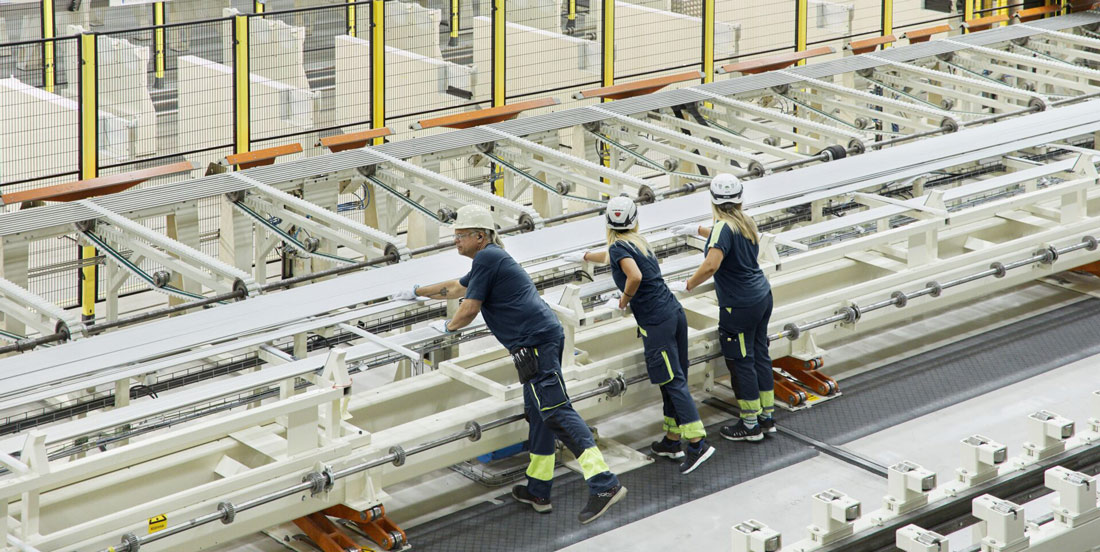
Renewable energy future
Alleima is committed to shaping a sustainable future, together with its customers, employees, shareholders and stakeholders. Referring to the company’s ‘Unbreakable Contract’, Alleima pledges to “always look towards the future, to be a leading force in the world of advanced stainless steel and special alloys, and to create sustainable solutions of the highest quality. A promise for the future, forged from our past”. Alleima materials are built for the most demanding environments, ranging from sea water to offshore to geothermal applications, the latter being a new area for the company. In these extreme conditions, customers require parts that are reliable, durable, and low maintenance to avoid the financial costs of downtime. For this reason, Alleima continuously develops and adapts its materials, believing that there is always an opportunity to perfect further. “It is all about improving lifetime,” says Jari Ponsiluoma, Product Manager Heat Exchanger and Fertilizer. “We are involved in some of the most challenging projects worldwide, and this is where our knowledge, experience, and expertise really come into play.”
Alleima and heat exchanger applications
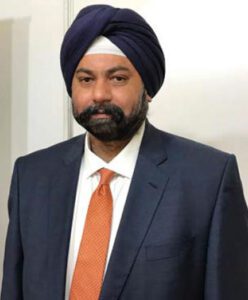
Director Technical Marketing and New Business Development
“Choosing the correct materials to enhance heat exchanger lifetimes is never an easy decision,” says Barinder. “Wrong material selection can lead to shorter lifetimes of equipment, excessive costs, increased downtime, and even health and safety issues.” It is therefore not surprising that the Alleima technical marketing and sales teams pay great attention in helping their customers select optimum grades for their applications with knowledge based upon their extensive service experience, which has been gained from worldwide installations.
“The most expensive solutions on offer are also definitely not always the best solution for a company,” adds Jari. “What is particularly important is that the selected grade needs to have sufficient corrosion resistance combined with suitable mechanical and physical properties.”
In seawater coolers, for example, choosing the correct grade is critical as seawater contains large amounts of sodium chlorides and solid particles such as silt and organic solids. In such severe environments, a grade is needed that has a high resistance against both localized corrosion and erosion–corrosion, such as SAF™ 2707 HD.
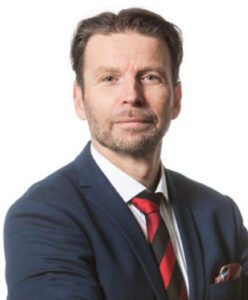
In today’s oil refineries the process streams involve many corrosive elements that can shorten the lifespan of low-alloyed steels. This is because refining consists of many complex processes in which the heat exchangers operate under severe corrosion conditions.
“Most leakages occur because of corrosion in the tubing,” says Jari Ponsiluoma. As such, Alleima has created several grades to provide solutions in such situations: SAF™ 2205, SAF™ 2507, and SAF™ 2707 HD. These grades are used in a large variety of applications such as overhead condensers, effluent coolers, feed preheaters, water coolers, air coolers, reboilers, condensers, evaporators, strippers, as well as in salt evaporation, power generation, and gas processing.
About this Featured Story
This Featured Story was first published in Heat Exchanger World Conference & Expo 2022 event catalogue. To read more Featured Stories and many other articles, subscribe to Heat Exchanger World magazine. A SUBSCRIPTION TO THE DIGITAL VERSION IS NOW FREE.
Featured Stories are regularly shared with our Heat Exchanger World community. Join us and share your own Featured Story on Heat Exchanger World online and in print.


